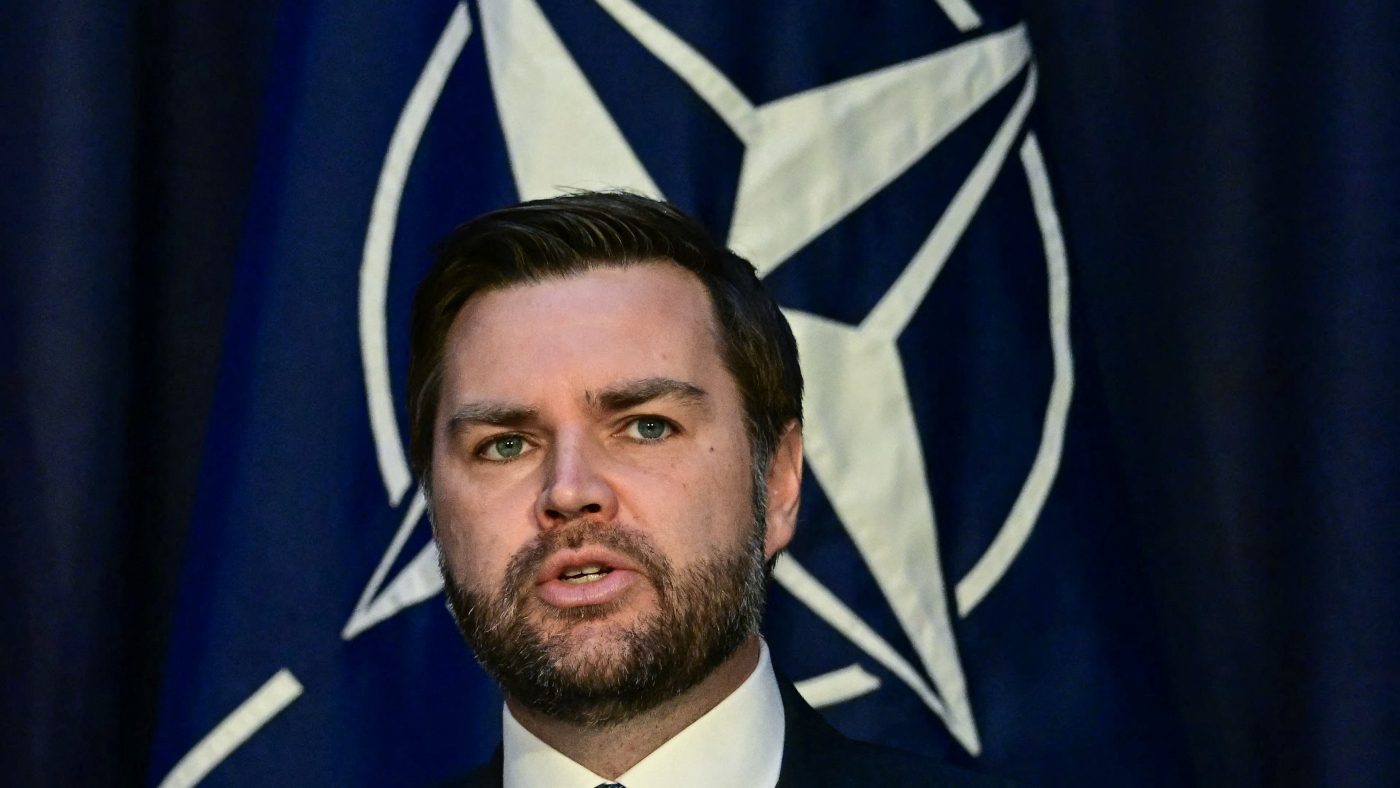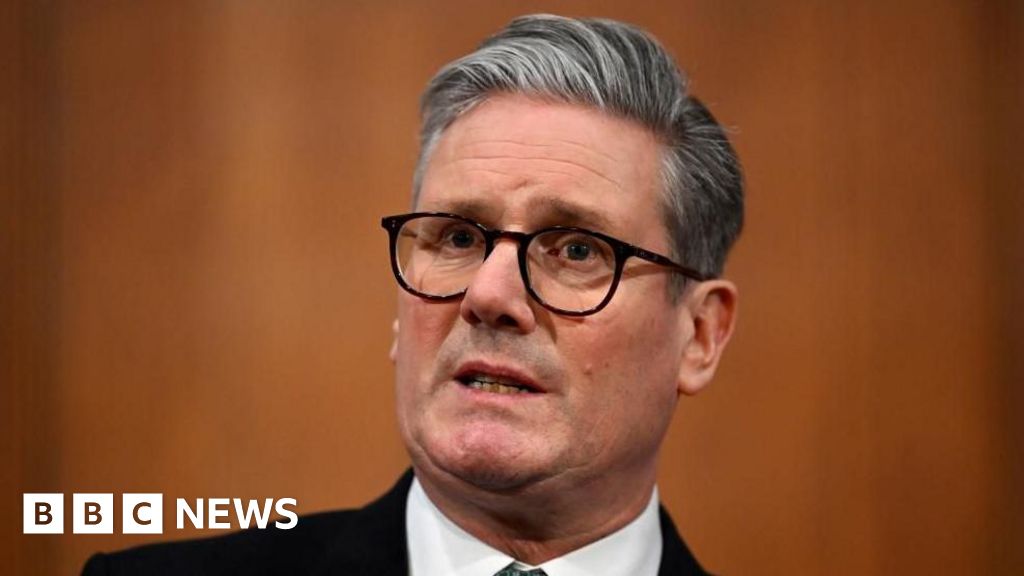
Title: Shifting Dynamics: The Evolving Landscape of NATO and U.S.-European Relations
Image Description
U.S. Vice President JD Vance speaks before the NATO emblem at the Munich Security Conference held in Munich, Germany, on February 14.
Credit: Tobias Schwarz/AFP via Getty Images
In the wake of the Russian invasion of Ukraine three years ago, discussions around the revitalization of the NATO alliance surged in response to escalating Kremlin aggression. The NATO alliance, which had shown signs of stagnation since the Cold War, faced renewed scrutiny, particularly during Donald Trump’s presidency. His administration’s dismissive stance towards NATO, coupled with his praise for Russian President Vladimir Putin, raised doubts about U.S. commitment to NATO’s mutual defense clause unless European members increased their military expenditure.
The geopolitical landscape transformed dramatically following Russia’s aggression. The U.S. underscored its support with military aid to Ukraine under President Biden, leading to a revitalization of NATO discussions. Two Nordic countries, Sweden and Finland, which had maintained a neutral stance, sought NATO membership in recent years—highlighting the alliance’s growing strength. In 2022, then-Secretary of State Antony Blinken announced NATO was "stronger and larger than it has ever been."
The political climate shifted further after Trump’s return to the helm, prompting anxieties among European leaders regarding NATO’s future and ongoing tensions with Russia. Vice President Vance’s speech at the Munich Security Conference on February 14 revealed the transatlantic rift as he sharply criticized European leaders, accusing them of trying to quell right-wing populism.
Discontent in Transatlantic Relations
The anxiety regarding NATO’s longevity has prompted concerns across Europe. "For many of us on the other side of the Atlantic, it increasingly appears that entrenched interests obscure the truth with Soviet-era terms such as ‘misinformation’," Vance remarked. Furthermore, his controversial meeting with Alice Weidel, co-leader of the far-right Alternative for Germany (AfD), who is associated with previous extremist rhetoric, raised eyebrows.
After recent elections, the AfD emerged as Germany’s second-largest party, marking a notable political shift and contributing to heightened apprehension among other parties hesitant to ally with them. German Defense Minister Boris Pistorius rebuked Vance’s comments, emphasizing their implications on democracy across Europe.
Zelenskyy’s Vision for European Defense
In his address, Ukrainian President Volodymyr Zelenskyy called for the establishment of an "armed forces of Europe" to counter Russian threats, asserting that European forces alone might lack the necessary heft without Ukraine’s military capabilities. The urgency for a united front has escalated, particularly as some foresee potential U.S. negotiations that could marginalize European interests and Ukraine’s sovereignty.
A recent analysis by Bruegel, a European think tank, suggested Europe would need an additional 300,000 troops—an endeavor that would cost around $262 billion—should the U.S. reduce its defense role. European leaders are scrambling to fill the security void amid rising worries regarding U.S. commitments.
Separate U.S.-Russia Talks Raise Concerns
Adding to the tension, Secretary of State Marco Rubio engaged in discussions with Russian officials, including Foreign Minister Sergey Lavrov, in Saudi Arabia, without Ukrainian representatives present. This has sparked fears among European allies about a potential peace deal that could overlook Ukraine’s interests.
The U.S. has allocated nearly $175 billion to assist Ukraine since the onset of hostilities, underscoring the critical role of American support in Ukraine’s defense against Russia.
Questions Over U.S. Commitment
Germany’s leading political figure, Friedrich Merz, poised to assume the role of chancellor after recent elections, voiced skepticism about U.S. dedication to NATO, fearing Trump might retract support for NATO’s mutual defense agreement. “We need to brace for the prospect that Donald Trump might not unconditionally honor NATO’s defense commitment,” he cautioned, advocating for greater European self-reliance in defense matters.
With NATO’s longstanding principle of mutual defense asserting that an attack on one ally is an attack on all, the implications of shifting U.S. foreign policy could significantly recalibrate European defense strategies. Cox from the London School of Economics raised concerns that the U.S. aim for higher defense spending could be impractical, but acknowledged a growing recognition among Europeans of the need to bolster their security frameworks.
U.S. Position at the U.N.
In a recent U.N. General Assembly session, the U.S. voted against a resolution condemning Russia’s invasion of Ukraine, aligning itself with countries such as North Korea and Iran sparking controversy. The resolution passed with a significant majority, indicating a continued divide in international responses to Russian aggression.
This overview captures the increasingly complex interplay between NATO, the U.S., and Europe, underscoring the pressing need for cohesive strategies as global power dynamics evolve.









